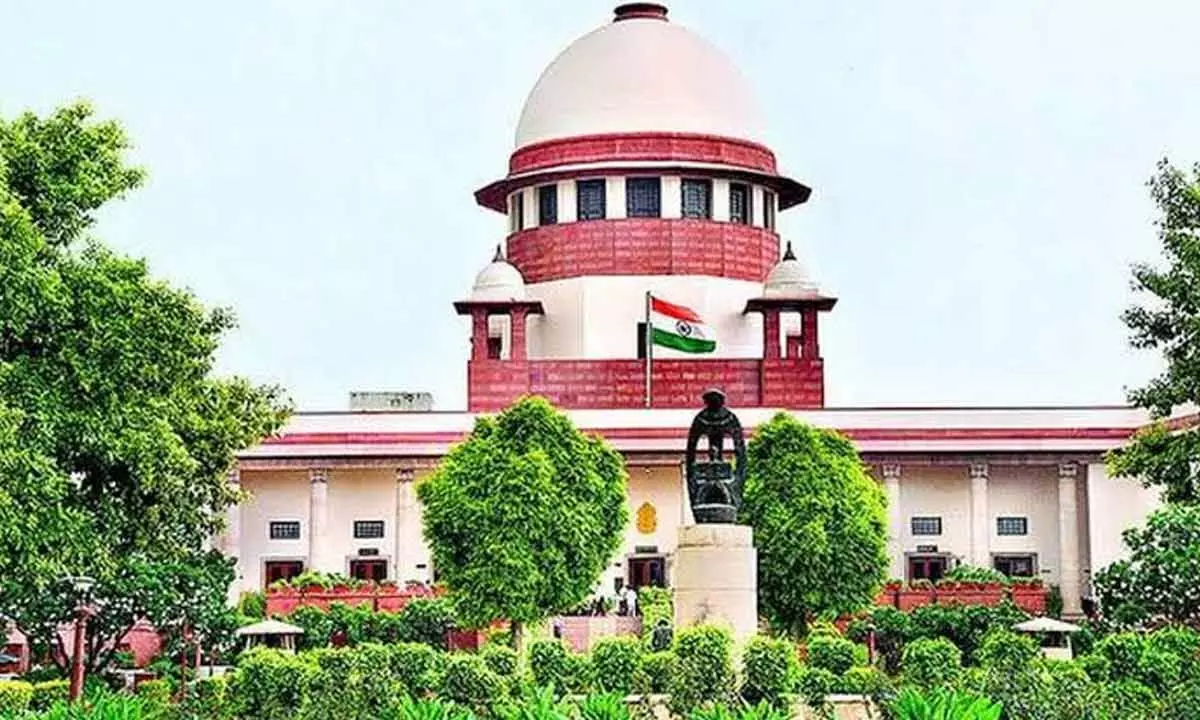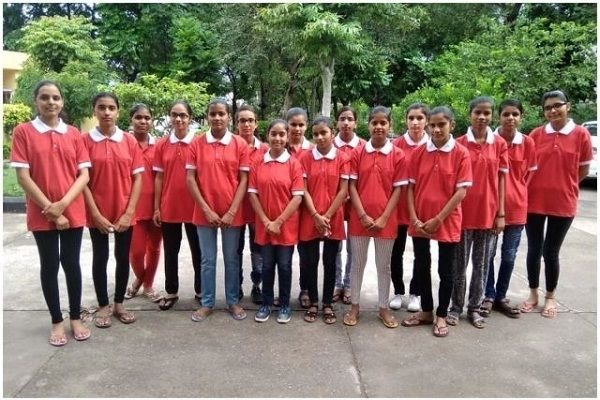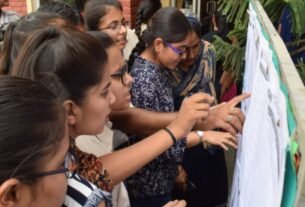Supreme Court : The National Eligibility cum Entrance Test (NEET) for Undergraduate (UG) courses is a highly significant examination governing medical education in India. Conducted by the National Testing Agency (NTA), NEET UG serves as the sole entrance examination for students aspiring to enroll in various undergraduate medical courses, including MBBS and BDS, across government and private medical colleges in the country. With this centralized test, NEET UG ensures a standardized selection process that evaluates the knowledge and skills of candidates seeking to pursue a career in medicine.
The importance of NEET UG cannot be overstated, as it not only determines admission into medical colleges but also sets a benchmark for assessing the eligibility of students. Given the rising competition in the field of medicine, NEET UG has emerged as a critical pathway for aspiring doctors. A candidate’s performance in this exam significantly influences their opportunities for higher education, making it a vital component of their academic journey.
Moreover, NEET UG holds particular relevance for students who intend to study medicine abroad. Many foreign universities require students to qualify NEET UG to apply for medical programs, acknowledging its relevance as a crucial assessment of fundamental knowledge in subjects such as Physics, Chemistry, and Biology. This requirement reinforces the significance of the examination in the global context of medical education.
In addition to the NTA, various regulatory bodies oversee medical education in India, including the Medical Council of India (MCI) and the Dental Council of India (DCI). These organizations have established frameworks for medical education, incorporating NEET UG as an essential criterion for ensuring that candidates possess the necessary qualifications and aptitude for medical studies. As a result, NEET UG emerges as an integral element shaping the future of medical practitioners in India and abroad.
Recent Supreme Court Rulings on NEET UG Qualification
In recent developments, the Supreme Court of India rendered a ruling that has significant implications for Indian students wishing to pursue medical studies abroad. The court addressed the issue of the National Eligibility cum Entrance Test (NEET) as a mandatory qualification for studying medicine outside the country. This ruling arose amidst growing concerns from students and parents regarding the necessity of the NEET UG qualification for admission into foreign medical colleges.
The Supreme Court’s decision explicitly outlined that the NEET UG should not be a compulsory requirement for students aspiring to enroll in medical programs at international institutions, particularly in countries that do not mandate such standardized testing for admission. The judgment was a response to petitions filed by aggrieved students who argued that the NEET requirement limited their opportunities and compromised their aspirations due to varying admission criteria in different countries.
Throughout the hearings, several key arguments emerged. Advocates for the abolishment of the NEET requirement highlighted the diversity in global education systems and the unfairness of imposing a standardized test that primarily reflects the Indian educational context. Conversely, those in favor of maintaining the NEET qualification expressed concerns about maintaining educational standards and ensuring that students possess the necessary competencies before entering medical practice.
The timeline of the ruling marked a crucial juncture for students planning to study abroad, as the Supreme Court took months to deliberate on the ramifications of the NEET requirement. The final verdict emphasized the need for a more liberal approach to medical education for Indian students, allowing them greater flexibility in their educational pursuits while also ensuring that the quality of medical education remains intact.
Interestingly, dissenting opinions surfaced during the proceedings, with some justices expressing the necessity of a foundational medical entry examination to safeguard public health outcomes. This divergence among the bench highlights the complexity surrounding this issue, and its ongoing significance for aspiring medical professionals within India.
Implications of the Ruling on Students and Colleges : Supreme Court
The Supreme Court’s recent ruling concerning NEET UG qualifications has significant ramifications for students aspiring to study medicine abroad, as well as for the medical colleges that welcome Indian students. This decision could reshape the landscape of international medical education by imposing stricter adherence to specific guidelines. Students now face a critical decision-making juncture regarding their education pathways, as the ruling emphasizes the importance of accreditation and the standards of foreign medical institutions.
With the new regulations in place, students may find their options limited to accredited institutions that meet the prescribed criteria. This change aims to safeguard the quality of medical education received by Indian students abroad, but it may inadvertently narrow their choices. Institutions that do not meet these new benchmarks could be excluded, compelling students to diligently research and verify the credentials of potential colleges. By doing so, students can ensure that they are making informed choices that align with the ruling while also maximizing their chances of a successful medical career.
The impact of this ruling extends to medical colleges as well, particularly those that recruit students from India. These institutions may need to adapt their programs and accreditation processes to comply with the new requirements in order to attract Indian students. Increased scrutiny from both students and regulatory bodies may foster a competitive environment among colleges, encouraging them to enhance their educational quality and resources. Furthermore, reactions from various stakeholders—such as educational institutions, parents, and policy makers—are likely to vary. While some may advocate for a reform that prioritizes quality, others may express concerns about access and availability of options for aspiring medical students.
As the situation evolves, it is crucial for prospective students to stay informed about these developments and consider how such changes will influence their educational pursuits in medicine abroad.
Future Directions: Challenges and Opportunities
The Supreme Court’s ruling on NEET UG qualifications for students aspiring to study medicine abroad presents both challenges and opportunities for the medical education landscape in India. One of the primary challenges is the need for reform in the existing medical education system. The decision has exposed systemic issues within the current framework, highlighting the necessity for a more streamlined and accessible pathway for aspiring medical professionals. Stakeholders—including educational institutions and governing bodies—must collaborate to create an environment that fosters transparency, eases the admission process, and raises educational standards. This reform should aim at integrating contemporary teaching methods and curricula that align with global practices.
Furthermore, this ruling opens the door for potential collaborations between Indian and foreign medical schools. As students explore opportunities abroad, Indian institutions could benefit from establishing partnerships with esteemed international medical universities. Such collaborations might facilitate student exchange programs, joint research initiatives, and sharing of best practices, enhancing the overall quality of medical education in India. This interaction will not only enrich the academic experience but also bridge the gap between theoretical knowledge and practical application in diverse healthcare settings.
Lastly, it’s crucial to consider the long-term consequences of this ruling on India’s healthcare system. A more diverse influx of medical graduates from international backgrounds could contribute to a broader spectrum of medical expertise within the country. As a result, this could lead to improved healthcare delivery, better access to varied medical practices, and enhanced patient outcomes. However, to fully capitalize on these opportunities, ongoing dialogues among policymakers, educational institutions, and healthcare providers are essential. By proactively addressing the challenges and embracing these opportunities, the future of medical education and healthcare in India could be positively transformed.





